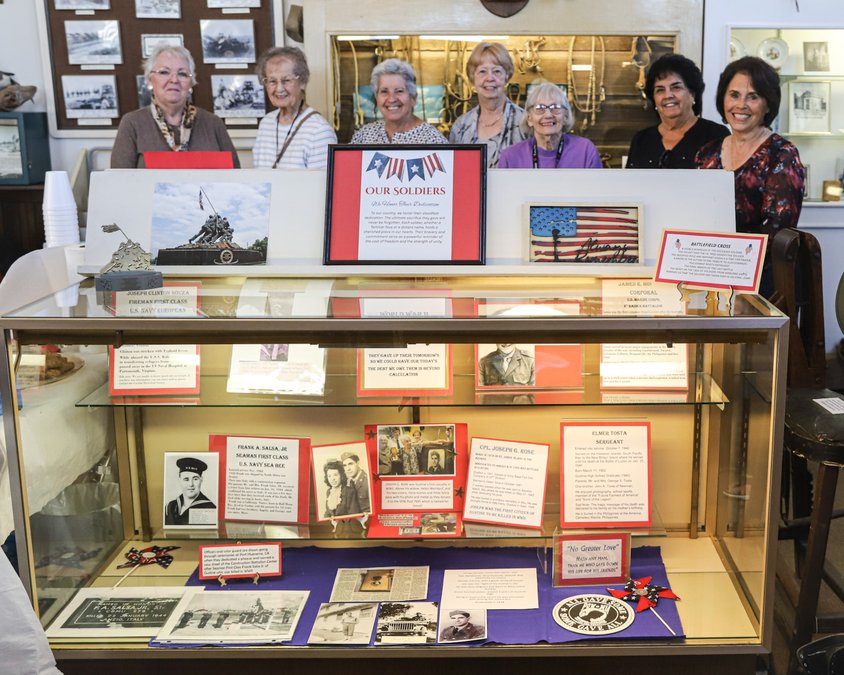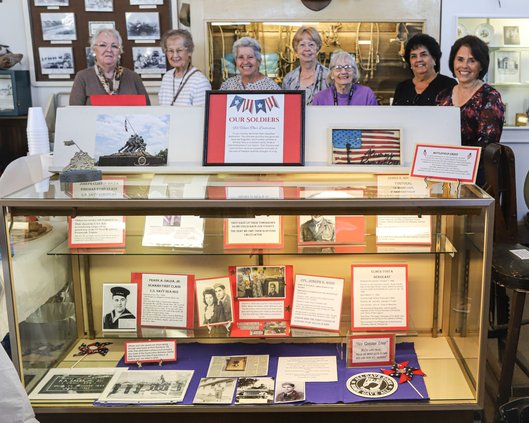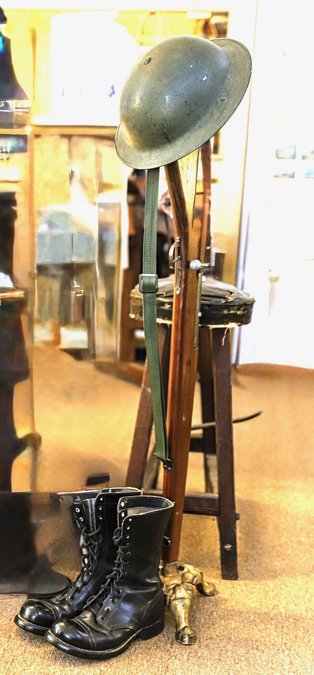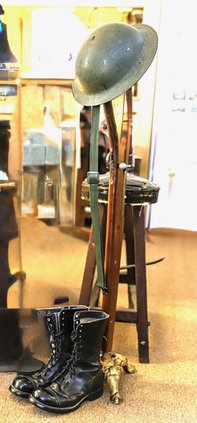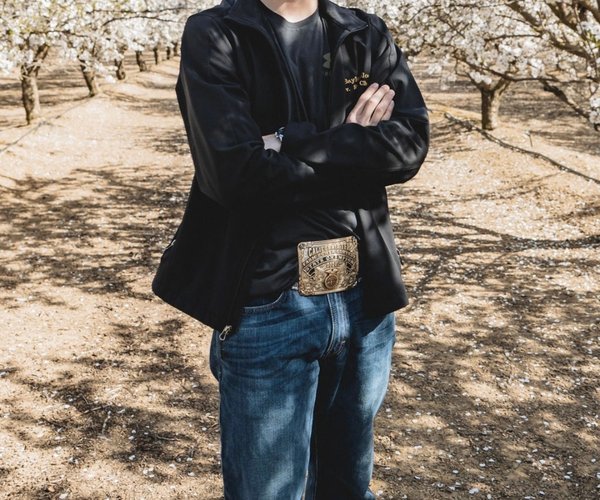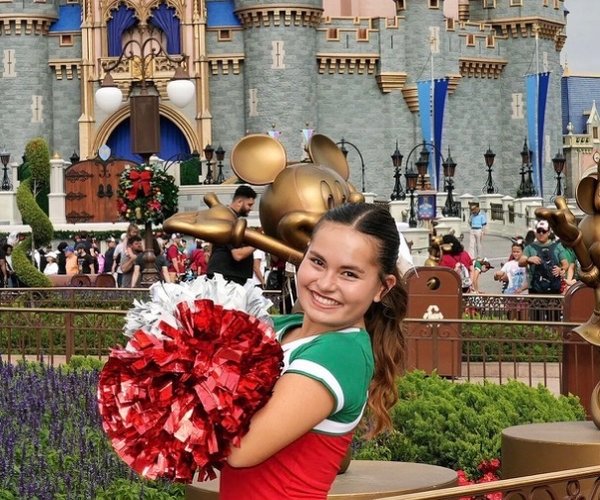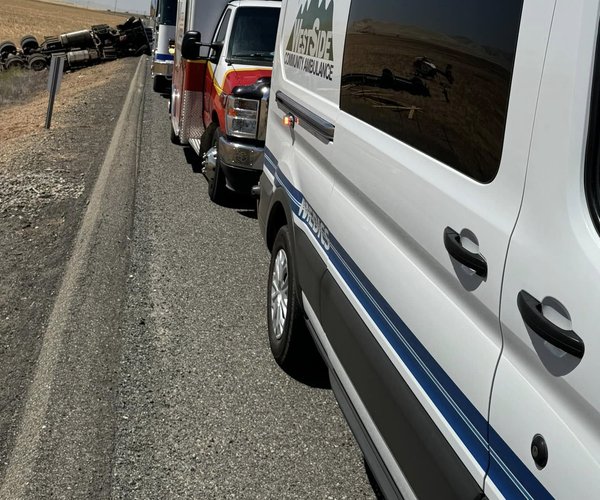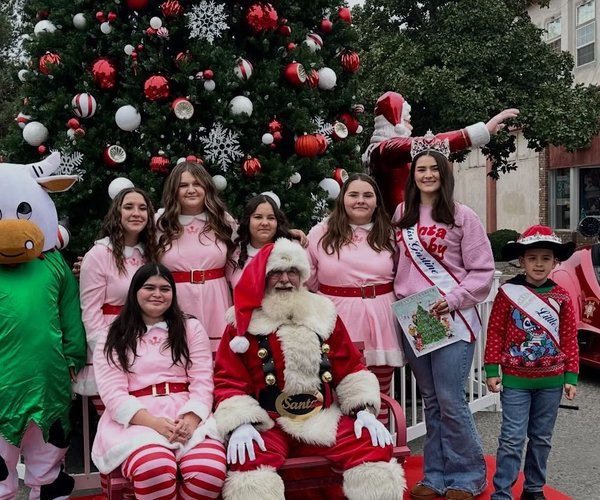A deeply moving new exhibition at the Gustine Museum is ensuring that the ultimate sacrifice made by ten of the city's sons during World War II is never forgotten. Titled "They Never Came Home," the display is a poignant tribute designed to bring honor to the fallen and to educate a new generation about their lives and service.
The central idea behind the exhibition, according to the museum’s spokeswoman Beverly Truxel, was straightforward: "We wanted to bring honor to the 10 Gustine citizens that never came home, and that’s to honor them. There were many reasons they didn’t return, but the fact remains they never made it back."
The meticulous process of compiling the collection began with a deep dive into the museum's archives. Truxel and her team "pulled all the files on WWII and the soldiers that lost their lives." The goal was to paint a complete picture, not just of their military service, but of the young men they were before the war. The research efforts also focused on adding details about "their previous lives before they were soldiers," humanizing the historical figures and connecting them more intimately with the Gustine community.
Adding a powerful, symbolic element to the display, Kris Walton from the local chapter of the American Legion, contributed the centerpiece: a Battlefield Cross and several other significant artifacts. This universal military symbol—a rifle stuck in the ground with a helmet on top and dog tags hanging from the rifle with boots on the ground serves as a solemn reminder of a soldier's fallen status and the comradeship of their unit.
This new exhibit perfectly aligns with the Gustine Museum’s core mission, which is centered on encouraging "Gustinians (Gustine natives) to be active with the mission and come visit us." Recognizing that many current residents are related to figures in the city's history, the museum aims to act as a crucial link to the past.
A key part of the vision is to engage the youth. The museum is actively creating a coloring book geared toward 3rd and 4th graders that "depicts certain scenes that they can color," making history accessible and fun for elementary school students. This educational outreach is vital for ensuring the stories of Gustine's heroes continue to be told.
Truxel's hope for the exhibit's impact is that it will inspire the community to "honor their vets and realize what they did for us." She stresses the importance of continuous education: "It’s important that we teach who they are and what they did."
Looking ahead, the museum is actively seeking to expand its community involvement. For the museum's future, Truxel noted that they "want more people involved," specifically highlighting the need for increased membership, which is currently offered at reasonable annual rates of $15 for an individual and $25 for a whole family.
Beyond memberships, the museum welcomes donations of historical objects, stating that if people have "antiques they would like to donate, we would love for that to happen." Perhaps the most urgent need, however, is for new hands to help run the organization. The museum is "in need of volunteers," and those interested in contributing their time and skills can find more information and sign up on the museum’s website.
The "They Never Came Home" exhibit is more than a collection of artifacts; it is a profound act of remembrance, a call to historical stewardship, and a moving invitation to the Gustine community to connect with its enduring legacy of sacrifice and service.
The Gustine Museum is located at 397 4th Street and is open from 1 p.m. to 4 p.m. Thursdays and Sundays.
